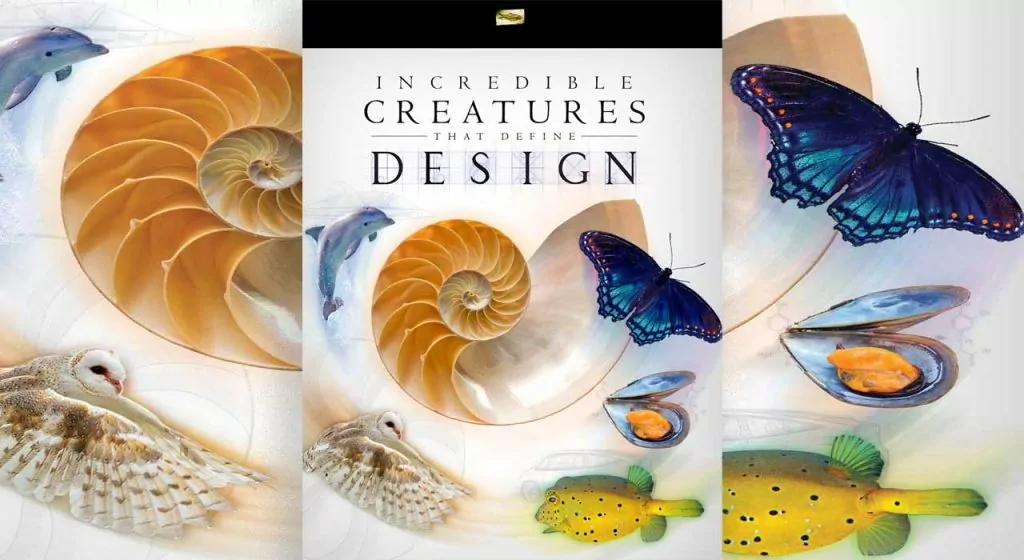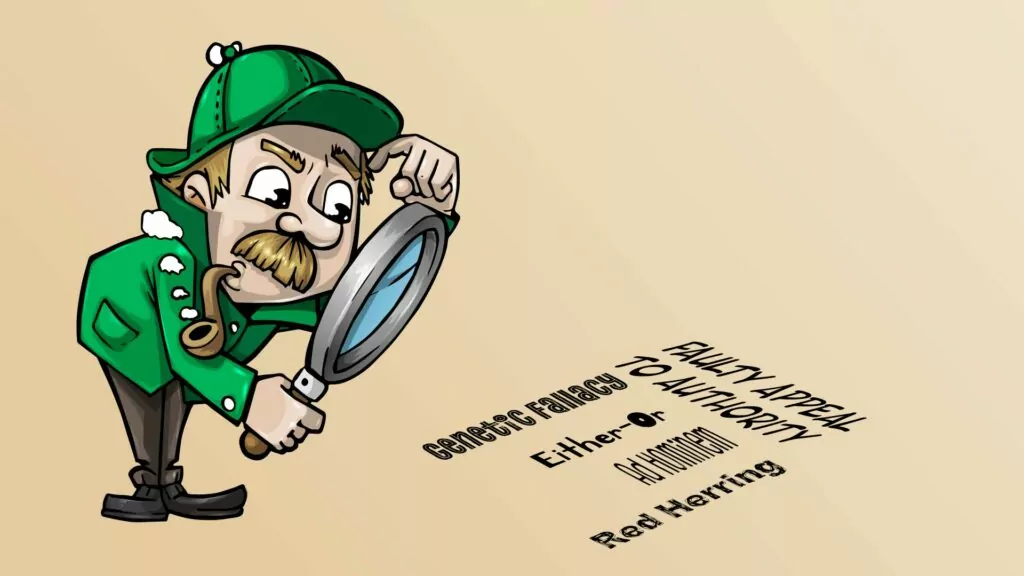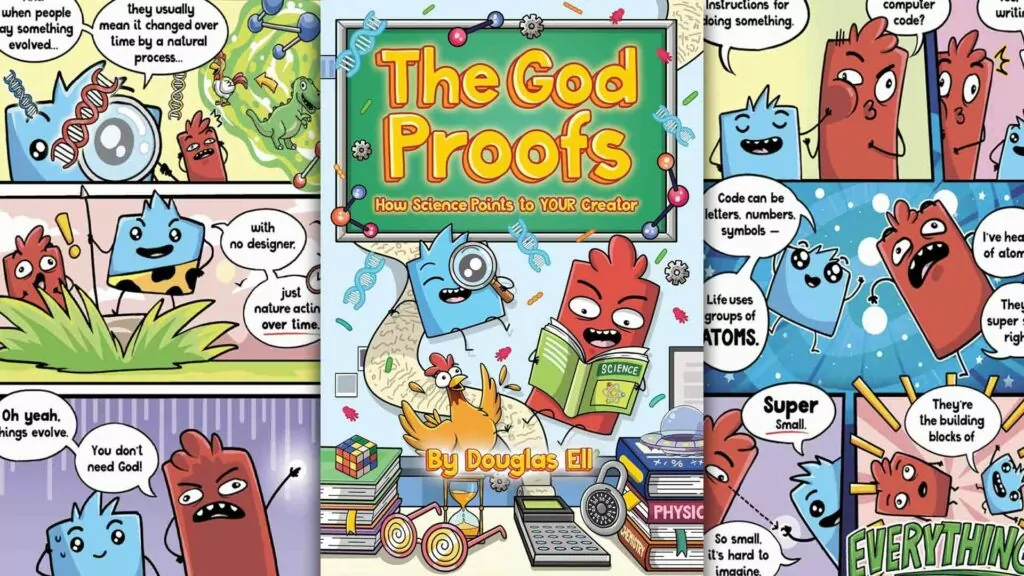A few years back, Vox media reported on the discipline of biomimicry, which encourages engineering teams to include a biologist to help them solve problems by seeing what already works well in the natural world. It’s a return to copying designs that the Creator put into place thousands of years ago.
In Christophe Hawbursin’s Vox article “The man-made world is horribly designed. But copying nature helps.” the illustration he gives of how biomimicry helps is the Japanese Shinkansen Bullet Train. At 170 mph, whenever it exited a tunnel, it caused a sonic boom that annoyed people up to 400 meters away. To get a quieter, faster, and more efficient train, an engineering team was created, headed by Ejii Nakatsu, who was also an avid birdwatcher.
It turns out that bird connection was key – the team based components of the redesigned bullet train on characteristics of three different birds:
- The owl: the pantograph – the rig that connects the train to the electric wires above – was modeled after the owl’s feathers, reducing noise by using similar serrations and curvature
- The Adelie penguin: the penguin’s smooth body inspired the pantograph’s supporting shaft to provide lower wind resistance
- The kingfisher: the kingfisher’s unique no-splash beak was copied for the front of the engine
By copying designs from creation, the new train became 10% faster, 15% more efficient, and the decibel level was significantly lowered.
Other examples of biomimicry include studying sharkskin to learn to repel bacteria, and studying the self-organization of ants to enable autonomous cars to communicate with one another. Biomimicry also studies the eco-system to create a circular economy where there are no wasteful byproducts. And recently, scientists have begun a website at AskNature.org where people all over the world can match problems with solutions advised by “nature.”
There is an irony in how Janine Benyus, the author who popularized the term biomimicry, recognizes that the design found in Creation far exceeds that of Mankind’s best minds. And yet she doesn’t see a better Mind behind any of it, choosing instead to credit these wonders to mindless evolution working over the last 3.8 billions years. As the apostle Paul might put it, she worships and serves “created things rather the Creator” (Rom. 1:25). But for Christians, how wonderful it is to be reminded of just how much humans can learn from the genius of our God who declared all the creatures He made “good.”
Sharon L. Bratcher has a book with 45 of her RP articles in it, and a 2-year lesson plan entitled “Bible Overview for Young Children” ages 2-6 and 6-9. For information on these, contact [email protected].













